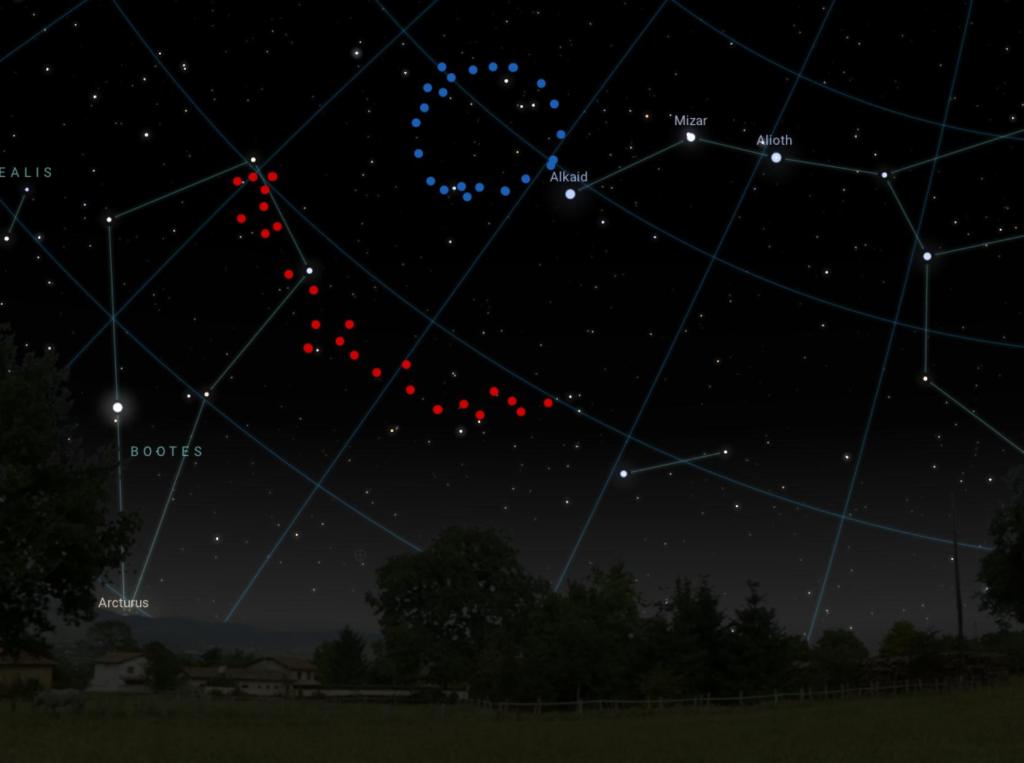Here are nearly 100 pages of documents that NASA prepared to teach Donald Trump’s new administration about space and how the American government has decided to explore it. I do not suspect that NASA sat Trump in a room and explained the finer points of a lunar sample return mission, but these slides and the accompanying report is what the administration will use as a starting point to shape the future of the agency.
Motherboard contributor and War Is Boring editor David Axe acquired this presentation and its accompanying report using a Freedom of Information Act Request; it includes both specific information that the Trump administration asked for (How’s our next-gen spaceship doing?; The moon: What’s there?), as well as a broad overview of everything that NASA does and what space is.
Videos by VICE

The main report focuses on the science that can be performed aboard the Orion crew transport vessel, the prospect of excavating on the moon, and the feasibility of returning moon samples robotically. The administration also gave a report on the importance of space communication systems, its array of radio telescopes and its plans to manage electromagnetic spectrum efficiently. NASA also gave Trump a list of important people at the agency and their contact information, as well as a lengthy overview of all of NASA’s projects and its general mission (“safeguarding and improving life on Earth”; “the search for extraterrestrial life”; explaining the “fundamentals of the universe”).
One of the reports also explains the basics. For instance, it defines both the Earth and the Sun: “The Earth—the only planet known to harbor life—is an immensely complex system…” and “The Sun is the source of energy allowing life to thrive on Earth. But there is still much we don’t understand about our star…”
Such reports are commonplace with an administration change—new presidents are suddenly in charge of massive bureaucratic agencies, so it’s important to have an overview of what it actually does. With science initiatives across the government under threat, it’s presumably harder for NASA to justify its Earth monitoring programs to this current administration, for instance. The report served as NASA’s chance to make the case for why the agency does what it does.


From that lens, it’s also an interesting document for the casual NASA observer. For instance, we can learn that NASA has split its “innovation activities,” into four different categories: Transformative, Continuous, Revolutionary, and Disruptive. We learn that its commercial space partnerships are “disruptive” but not necessarily “revolutionary,” while its attempts to build an “ultra-long duration balloon” are “revolutionary” but not “transformative.”
For your reading pleasure, here are all the reports and slides NASA showed the Trump team.
NASA Responses to Trump Transition ART by Jason Koebler on Scribd




